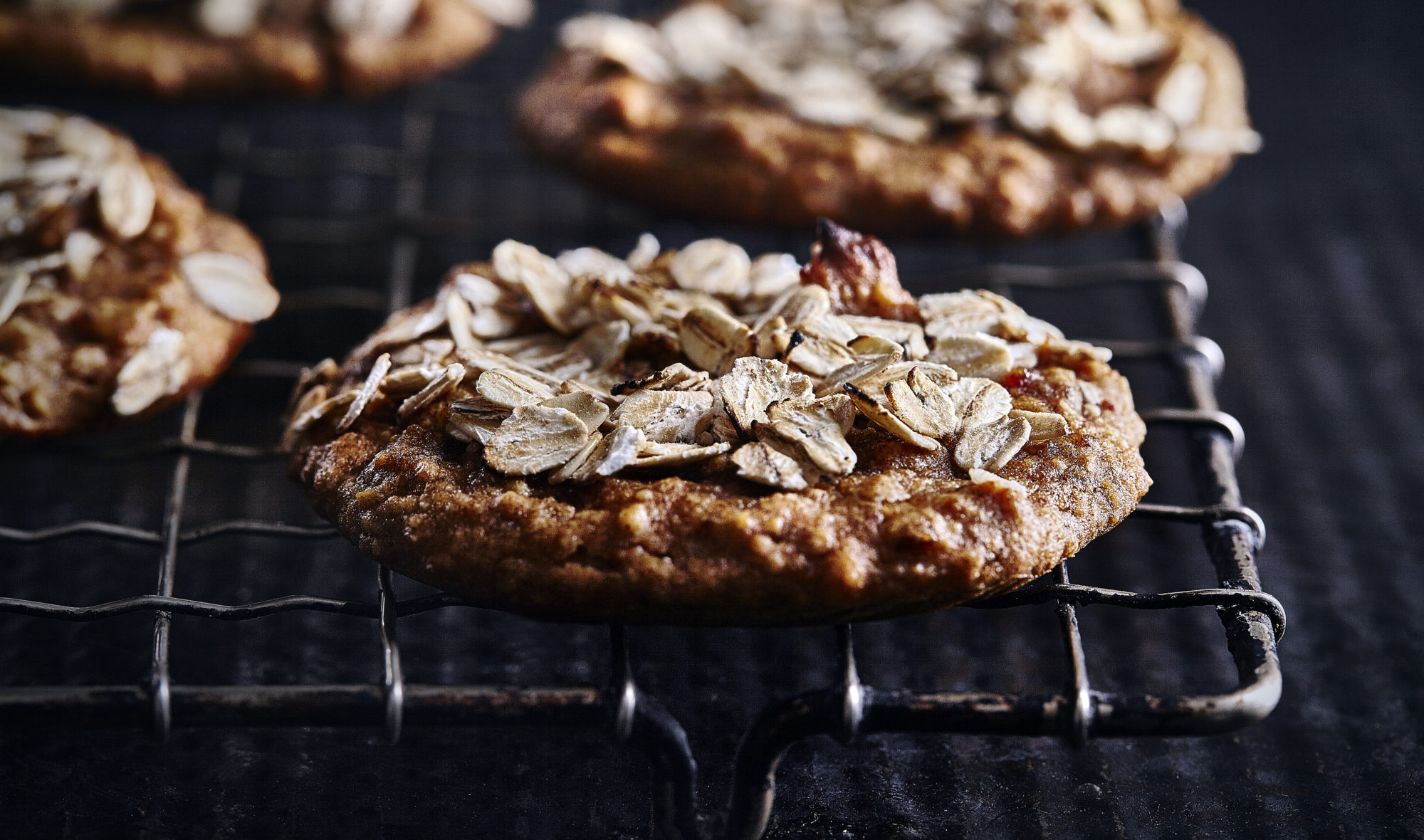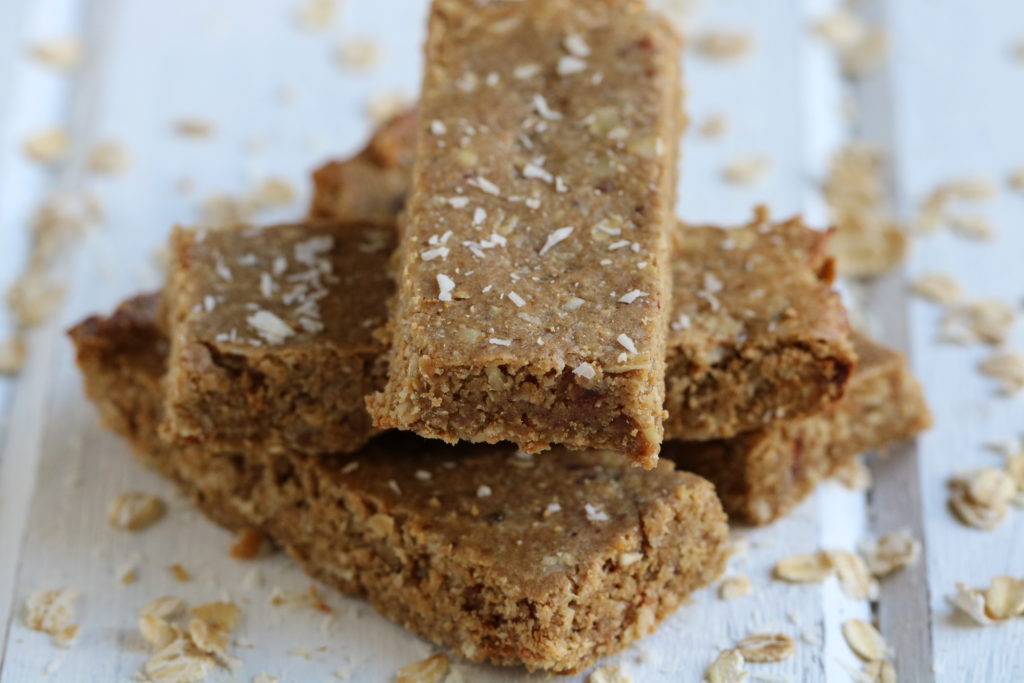
Join PN Level 2 for about $6/day! Plus, FREE Bonus worth $697! (This week only.)

Oats are an annual cereal grain, widely cultivated in temperate regions throughout the world. After harvesting, the processing of oats can take many forms from groats to flakes to flour. Packed with healthy nutrients, oats are a good source of thiamin, phosphorus, and manganese. They also contain soluble fiber, which reduces your low-density lipoprotein (LDL), the "bad" cholesterol, making it a heart-healthy food. Oats are commonly cooked on the stovetop by adding water, but can also be added to baked goods, savory dishes, or used as a thickening agent in soups or stews.
The oat is an annual cereal grain, widely cultivated in temperate regions. In comparison to some other grains such as wheat, barley or rye, oats can tolerate rain and lower temperatures. They can be planted in either autumn (harvested in late summer) or spring (harvested in early fall).The largest production areas are in Canada, United States, Northern Europe, and Russia. As you will see below, oats are a versatile food, enjoyed in many different ways.
The mature plant before harvesting is made up of numerous branches that bear a one-seeded fruit. However, once harvested, oats can take many forms.
You can find steel cut oats, which are the least processed and contain more fiber but take more preparation; regular or quick rolled oats, which are quick cooking and have a softer texture; instant oats, which are very quick cooking but more highly processed and may contain additives like sugar or flavoring. Check the labels for your preferred type.
Note: Oat flour can be produced by grinding regular or quick oats into a fine texture (easily done in a spice mill or food processor).
One cup (81 g) of uncooked regular and quick oats contains approximately 307 calories, 10.65g of protein, 5.28g of fat, 54.84g of carbohydrates and 8.2g of total dietary fiber. Oatmeal contains soluble fiber, believed to reduce your low-density lipoprotein (LDL), the “bad” cholesterol, making it a heart-healthy food.
Packed with healthy nutrients, oats also contain a good source of thiamin, phosphorus, and manganese.
Note: Gluten-free? Technically yes as long as they have not been cross-contaminated with other grains that contain gluten such as wheat and barley, both in the fields and/or processing plant. If in doubt, it’s best to check the label to see if they are certified gluten-free.
The most common form of oats (regular, quick steel cut, and instant) are widely accessible in supermarkets and bulk stores. Groats (aka steel cut oats) can usually be found in health food stores. Check the ingredients to make sure nothing is added.
Oats are best stored in a cupboard or pantry. In humid environments, freezing is a good idea as this will significantly extend the shelf life. After opening, store in airtight containers (large mason jars are ideal) or sealed plastic bags. If stored well, oats have a long shelf life of 2-3 years. If you notice an off odor, flavor, or appearance, discard them.
Where to begin? There are so many wonderful, delicious uses for oats! Baked goods such as breads, oat cakes, scones, cookies, muffins, dessert squares, toppings for fruit crisps, or healthy granola bars are all options. As a breakfast meal, you can make porridges, baked granola, or eat them raw in muesli. You can also add them as a nutritional filler to veggie or meat burgers and loaves. Oats even make a lovely savory porridge with additional vegetables and eggs. Oat flour can be added to soups, stews, or casseroles to thicken them. The sky’s the limit- have fun with this versatile, healthy grain!

If you’re keen on the convenience of bars but prefer ingredients you know and trust, then you’ll love these vanilla coconut protein bars.
Prep Time: 10 minutes Cook Time: 15 minutes Yield: 8 bars
Preheat oven to 350 degrees Fahrenheit. Blend honey, dates, nut butter, vanilla extract, and cinnamon in a food processor until smooth – there will still be some chunks of dates. Next, gradually add in the protein powder, then the shredded coconut, and then the oats. It will look like crumbs.
Remove from the food processor and form into a ball, the dough will be thick. Gently spread the dough in a pan (roughly 8 x 7 inch or square pan) using your thumbs and palm of your hand to spread it out (it will be thick).
Bake for 15 minutes. Let cool and then cut into 8 bars and gently lift out once completely cool. Store in the fridge for optimal freshness.
Precision Nutrition’s Encyclopedia of Food expands every single month as we highlight new foods and showcase beautiful food photography. If you’d like to stay up to date, simply click this link. From there, we’ll send you a FREE copy of our recipe book. We’ll also let you know when new and delicious foods are added to the site.
Oats are an annual cereal grain, widely cultivated in temperate regions throughout the world. After harvesting, the processing of oats can take many forms from groats to flakes to flour. Packed with healthy nutrients, oats are a good source of thiamin, phosphorus, and manganese. They also contain soluble fiber, which reduces your low-density lipoprotein (LDL), the "bad" cholesterol, making it a heart-healthy food. Oats are commonly cooked on the stovetop by adding water, but can also be added to baked goods, savory dishes, or used as a thickening agent in soups or stews.